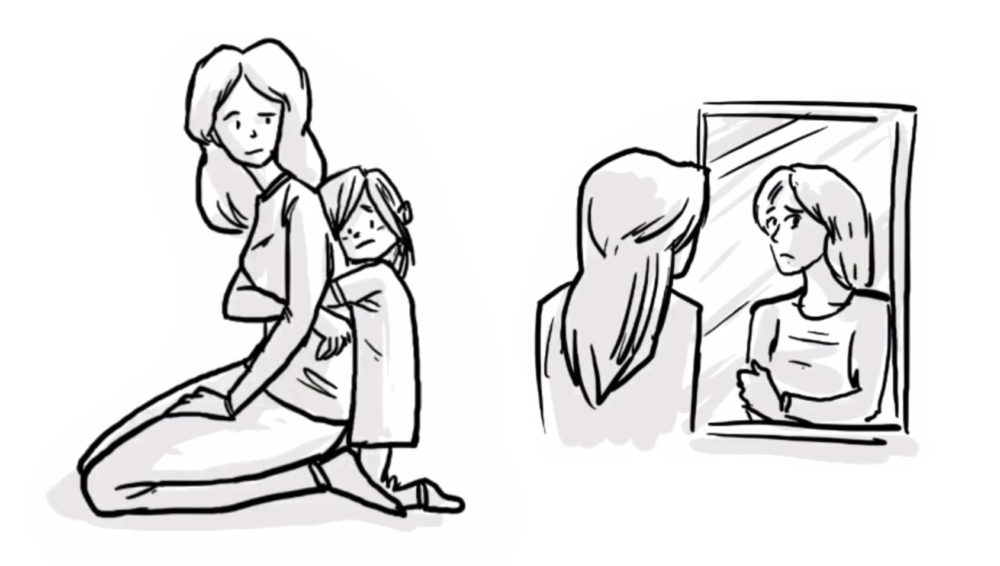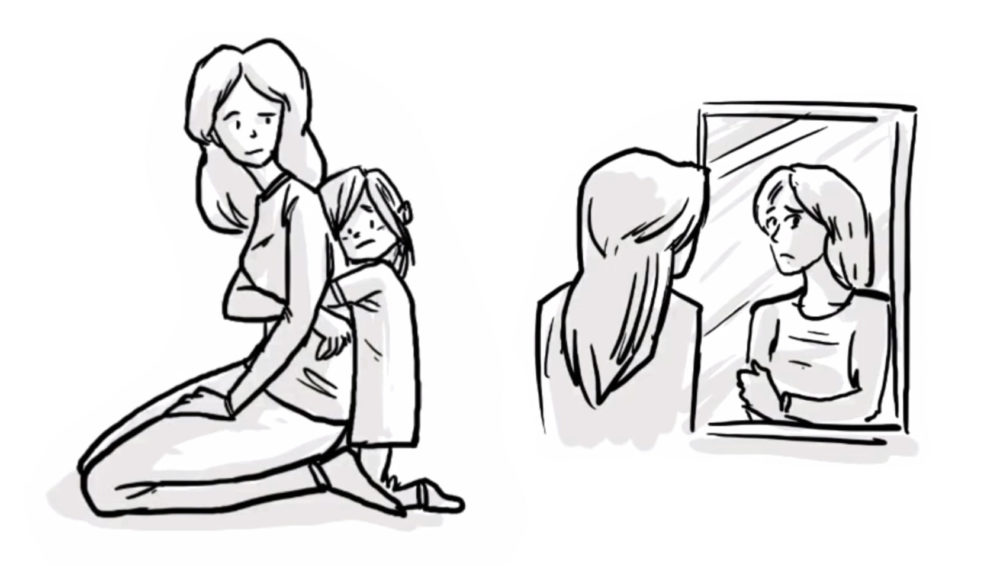The Attachment Theory: How Childhood Affects Life


Everyone knows that childhood influences the way a person transforms into an adult. There are 4 types of attachment during the early years that categorize adults into different behavior patterns.
The attachment theory argues that a strong emotional and physical bond to one primary caregiver in our first years of life is critical to our development. If our bonding is strong and we are securely attached, then we feel safe to explore the world. We know that there is always that safe base, to which we can return to any time. If our bond is weak, we feel insecurely attached. We are afraid to leave or explore a rather scary-looking world. Because we are not sure if we can return.
People who are securely attached are said to have greater trust, can connect to others and as a result, are more successful in life. Insecurely attached people tend to mistrust others, lack social skills, and have problems forming relationships. There is one type of secure attachment and there are 3 types of insecure attachments: Anxious/Ambivalent, Anxious/Avoidant, and Anxious/Disorganized. In responses to distress, the first 3 react organized, while the last acts are disorganized.
To understand the theory better, let’s look at Mr. and Ms. Smith, who have 4 children. Luka, Ann, Joe, and Amy. The Smiths are lovely parents, who cuddle, make frequent eye contact, speak warmly, and are always there for their kids.
But one day Mr. Smith falls very sick and dies. For Mrs. Smith life now becomes very difficult. She spends all day working, while at the same time trying to care for her children. An impossible task.
Secure Attachment
At 6 years of age, Luka’s brain is for the most part developed, his character strong and his worldview shaped. The new situation does not affect him much – he knows there still is always mom – his safe haven. He feels securely attached. Later he turns into a trusting and optimistic young man. His self-image is positive.
Insecure – Anxious Ambivalent
Ann, who is 3, has problems coping with the new lack of attention. To Ann, her mother now acts unpredictably. She is anxious about their relationship, and as a result, becomes clingy. To get her mom’s attention, she has to raise her emotional state and scream. When her mom finally reacts with a predictable response, she herself acts ambivalent and doesn’t show her true feelings. Later in life, others think Ann is unpredictable or moody. Her self-image is less positive. Her attachment style is Anxious Ambivalent.
Insecure – Anxious Avoidant
2-year old Joe spends his days with his uncle, who loves him, but thinks that good education means being strict. If little Joe shows too much emotion or is too loud, his uncle gets angry and sometimes punitive. This scares Joe. He learns that to avoid fear, he has to avoid showing his feelings – also in other situations. As an adult, he continues this strategy and has problems entering relationships. His image of himself is rather negative. His attachment is: Anxious Avoidant
Insecure – Anxious Disorganized
Amy, who is just one year old, gets sent to a nursery. The staff there is poorly trained, overworked, and often very stressed. Some are outright abusive. Amy, therefore, becomes anxious about the very people she seeks security from – a conflict that totally disorganizes her ideas about love and safety. As she is experiencing fear without resolution, she tries to avoid all social situations. As an adult, she thinks of herself as unworthy of love. Her self-image is very negative. Her attachment is anxious disorganized.
Our attachment is formed in the very first years of our lives, a time when we are too young to communicate our anxiety and as a result can experience high levels of stress. Then our adrenal gland – an organ sitting on top of our kidneys – produces the stress hormones adrenaline and cortisol. The heart rate increases, the blood pressure goes up and we become alert. If that happens frequently, it is called toxic stress. Toxic, because it impairs the development of a child’s brain, and weakens the immune system. In embryos or at a very young age, toxic stress can even switch the expressions of genes, which can affect our health many decades later.
The Strange Situation Experiment
By simulating a Strange Situation, we can assess an attachment style, already by the age of one. To do this, we let the child play with their mothers for a few minutes inside a room. Then the child is left alone. The key moment is the child’s reaction when her mother returns. Securely attached children first usually hug their mother, they can calm down and eventually get back to playing. Insecurely attached children can be ambivalent and avoidant. Some can’t stop crying or refuse to continue playing.
The Long Term Effects
The long-term effects of our attachment in the early years are well documented. Using the theory, researchers at Minnesota University were able to predict at age 3, if a child would drop out of high school with 77% accuracy. In another study, undergraduates at Harvard were asked to assess how close they felt to their parents. 35 years later they were asked about their health. 91% of those who said they had a rather broken relationship with their mother, were also diagnosed with health issues, including coronary artery disease, hypertension, and alcoholism. For those that had reported a warm relationship, the figure of poor health diagnosis was just 45%.
But there is another reason why the early years deserve special attention. They are the starting place for subsequent behaviors. A kid that feels securely attached at age 2, can make friends at kindergarten. Their worldview gets reinforced with every interaction and they develop optimism. As a result, they make good relationships at school, then at college, and later at work. Highly insecurely attached children can miss out on this opportunity.
Psychologist John Bowlby, a pioneer in attachment theory, allegedly said, “What cannot be communicated to the mother, cannot be communicated to the self.” In other words: those who feel insecurely attached, might not quite understand themselves. To get to know who they are and what they feel, they might have to go way back in time.



